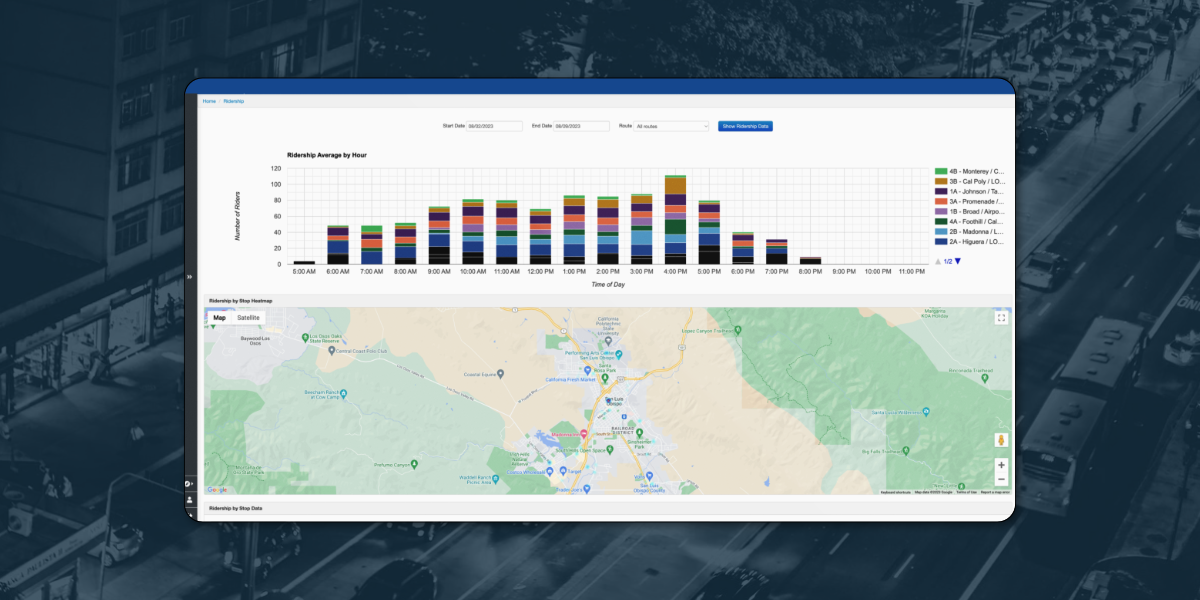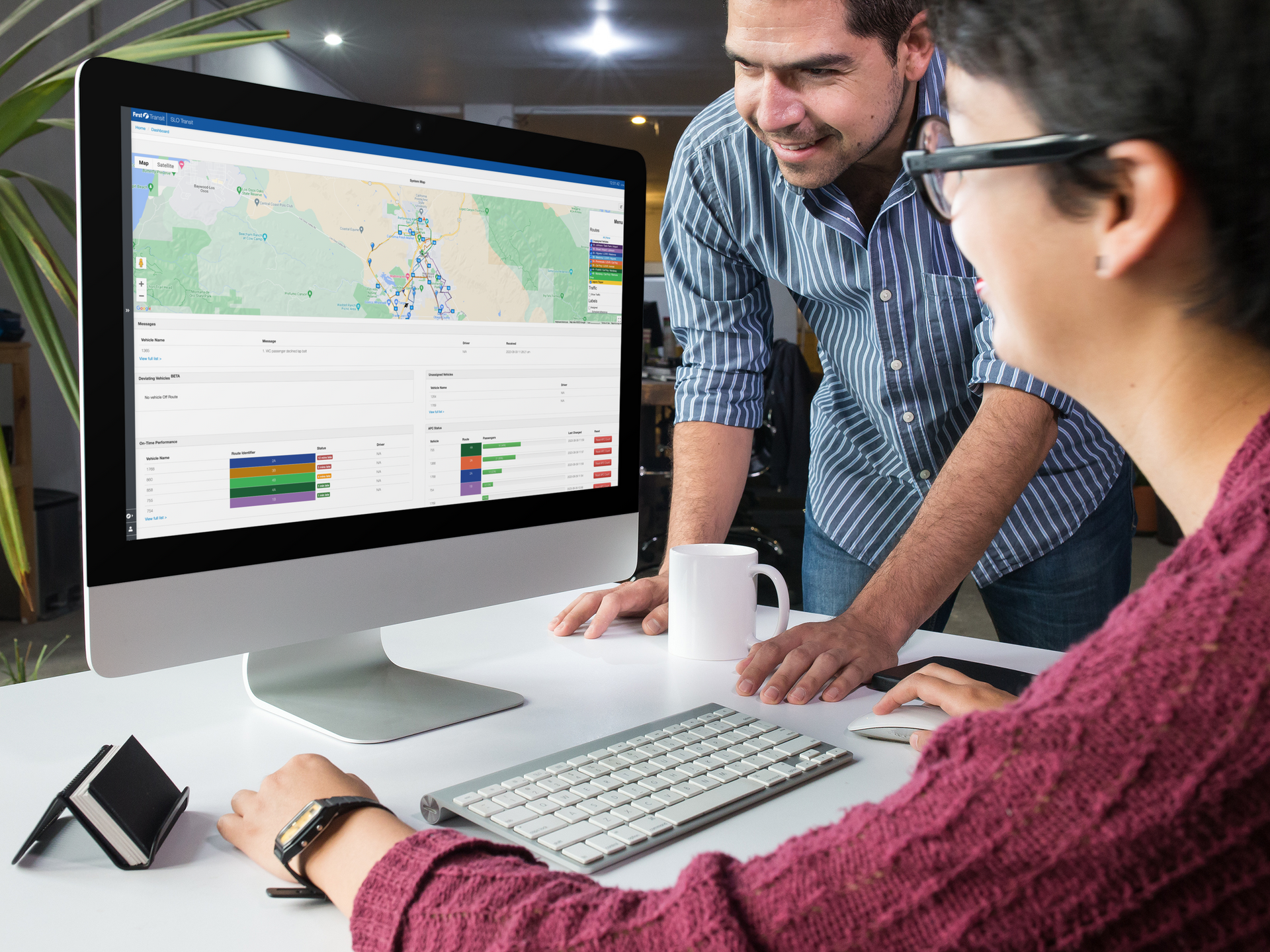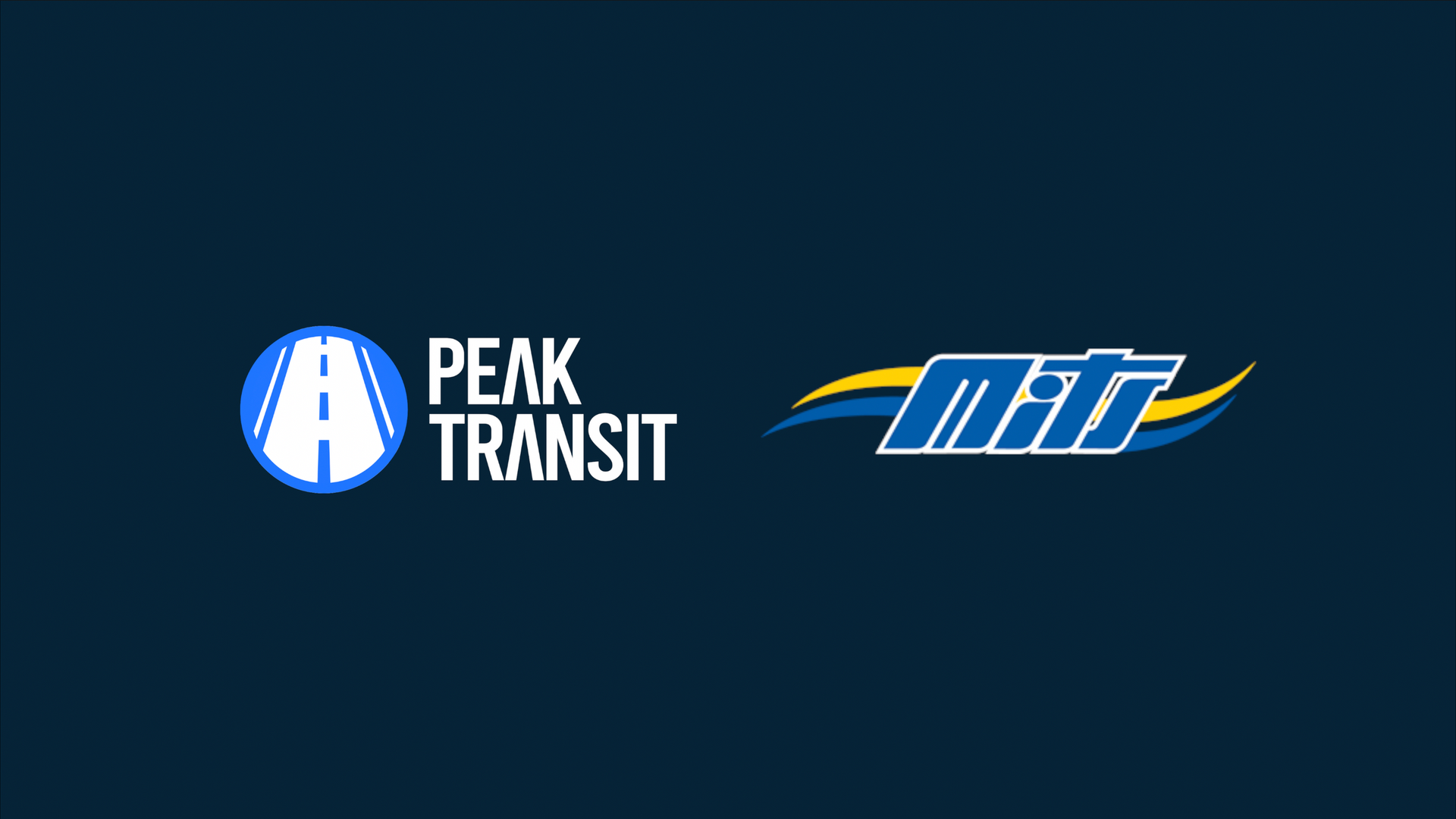
Choosing the right fixed route software is a critical decision for any transit agency. The right solution can streamline operations, improve passenger satisfaction, and enhance overall service quality. However, with so many options available, it can be challenging to know where to start. This guide will walk you through the essential factors to consider when selecting fixed route software for your agency.
Understanding Fixed Route Software
Fixed route software is a specialized tool designed to manage and optimize public transportation systems with predefined routes and schedules. It helps transit agencies plan routes, schedule vehicles, monitor operations in real-time, and communicate with passengers. Key components typically include Computer-Aided Dispatch (CAD), Automatic Vehicle Location (AVL), and Passenger Information Systems.
Why Invest in Fixed Route Software?
- Efficiency: Streamline operations and reduce costs by optimizing routes and schedules.
- Reliability: Improve service reliability with real-time tracking and data analysis.
- Customer Satisfaction: Enhance the passenger experience with accurate, timely information.
Key Considerations When Choosing Fixed Route Software:
1. Identify Your Agency's Needs
Before you begin evaluating software options, it's important to clearly understand your agency's specific needs and challenges. Consider the following questions:
- What are your primary operational goals (e.g., reducing delays, improving service reliability, enhancing passenger communication)?
- What is your budget for fixed route software?
- What features are must-haves for your agency (e.g., real-time tracking, route optimization, mobile app integration)?
- How many vehicles and routes will the software need to support?
2. Evaluate Software Features
Once you have a clear understanding of your needs, evaluate the features offered by different fixed route software solutions. Key features to look for include:
- Real-Time Vehicle Tracking: Enables operators to monitor vehicles' positions, speeds, and routes in real-time, ensuring efficient fleet management.
- Self-Service Capabilities: Allows you to have control over your system, making necessary changes in real-time, such as adding or editing routes/stops and sending out notifications.
- Dispatch Management: Streamlines the dispatch process, allowing for efficient resource allocation and rapid response to changes or incidents.
- Passenger Information Systems: Provides real-time updates to passengers via mobile apps and digital signage, improving the overall travel experience.
- Operational Analytics: Offers insights into operational performance, helping agencies make data-driven decisions to optimize service quality.
- Integration Capabilities: Ensures compatibility with existing systems, such as fare collection, maintenance management, and customer relationship management (CRM).
3. Consider Scalability and Flexibility
As your agency grows, your software needs may change. Choose a solution that is scalable and flexible, allowing you to add new features or expand functionality as needed. Look for software that supports modular design, enabling you to tailor the system to your specific requirements and scale up as your agency expands.
4. Assess User Experience
The usability of the software is crucial for ensuring smooth adoption and efficient operations. Evaluate the user interface and overall user experience for both operators and passengers. Key considerations include:
- Ease of Use: The software should be intuitive and easy for your team to learn and use effectively.
- Mobile Compatibility: Ensure that the software offers a mobile-friendly interface for both operators and passengers.
- Customer Support: Look for a vendor that offers comprehensive training and support to help your team make the most of the software.
5. Examine Vendor Reputation and Support
When selecting fixed route software, it's important to choose a reputable vendor with a track record of success in the transit industry. Consider the following:
- Experience: Look for vendors with experience working with transit agencies similar to yours.
- References and Case Studies: Request references and case studies from existing customers to learn about their experiences with the software.
- Customer Support: Evaluate the vendor's support offerings, including training, technical support, and ongoing maintenance.
6. Evaluate Cost and Return on Investment
Consider the total cost of ownership, including initial setup costs, ongoing subscription fees, and any additional costs for maintenance or support. Compare these costs with the potential benefits, such as improved operational efficiency, reduced fuel consumption, and enhanced passenger satisfaction, to determine the return on investment (ROI).
Why Choose Peak Transit for Fixed Route Software?
Peak Transit offers advanced fixed route software solutions that stand out for their flexibility, comprehensive features, and exceptional support. Here’s why transit agencies choose Peak Transit:
- Modular Design: Our solutions are designed to be flexible and customizable, allowing agencies to tailor them to their specific needs and scale as they grow.
- Seamless Integration: Our systems integrate smoothly with existing infrastructure and other software, ensuring a hassle-free implementation process.
- Comprehensive Support: We provide exceptional customer support, ensuring that our clients have the assistance they need throughout the implementation and beyond.
- Innovative Features: Our systems include cutting-edge features such as automatic passenger counting and digital signage integration, setting us apart from competitors.
Conclusion
Selecting the right fixed route software is a strategic decision that can have a significant impact on your agency’s operations and passenger satisfaction. By carefully considering your agency's needs, evaluating software features, and assessing vendor reputation, you can make an informed choice that will support your agency's goals now and in the future. With proven solutions and exceptional support, Peak Transit is a trusted partner for modernizing and improving transit operations.
To learn more about how Peak Transit’s fixed route software can transform your transit operations,
schedule a personalized demo today. Let us help you take your transit services to the next level!









